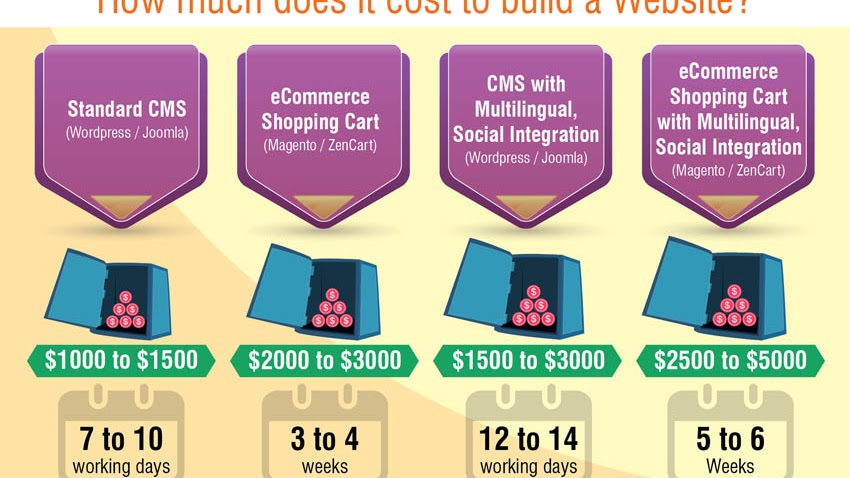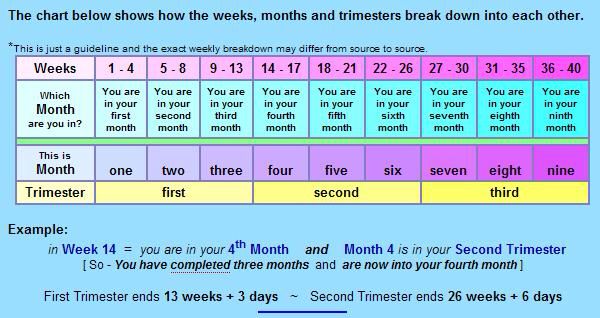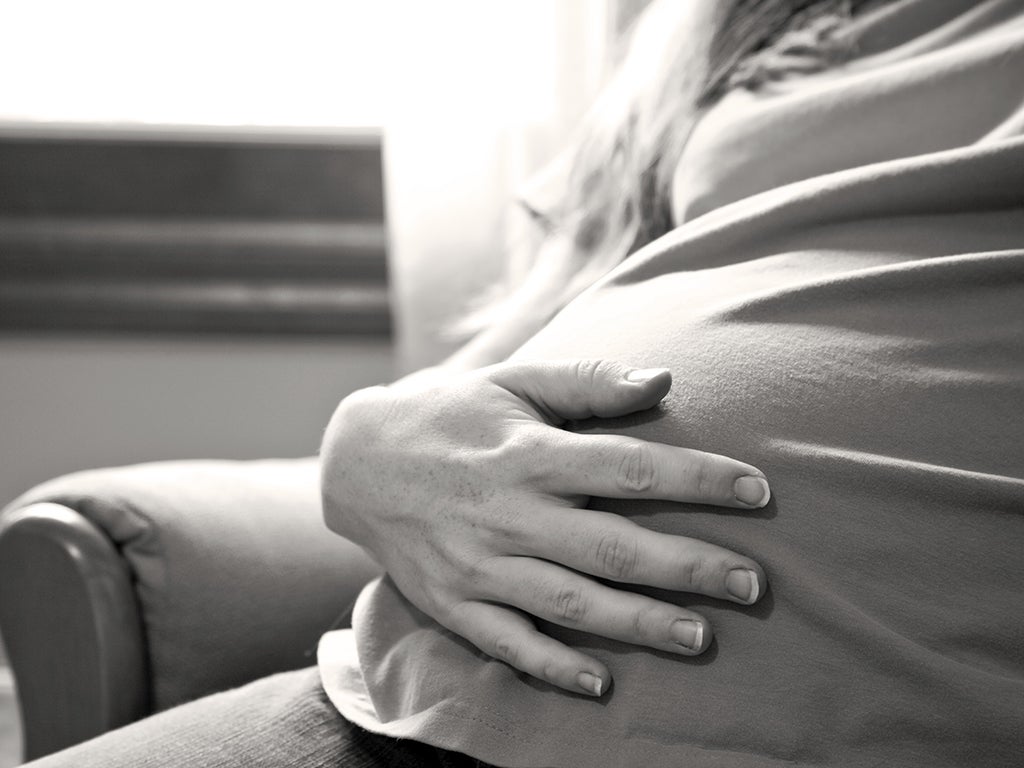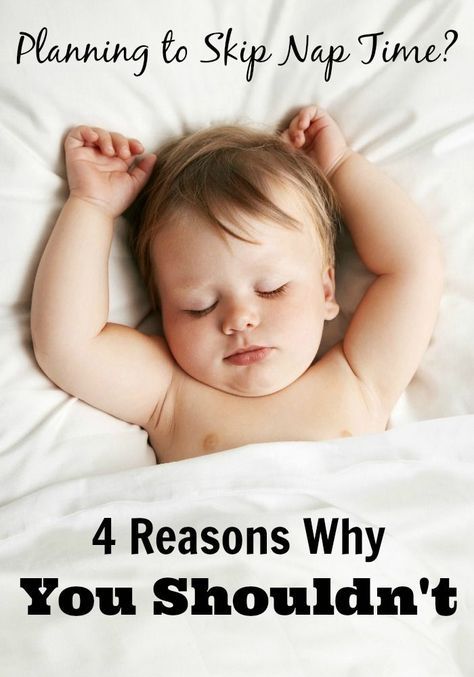How much does each child cost
How Much Does it Cost to Raise a Child?
Table of Contents
- What's the Average Cost to Raise a Child?
- What's the Average Cost of Labor & Delivery?
- How Much Does Childcare Cost?
- What's the Average Cost of Healthcare?
- What's the Cost of Transportation, Housing-Related Expenses & Food?
- How Much Does a Child's Education Cost?
- Preparing for the Cost of Parenthood
People often say that nothing can prepare you for becoming a parent. That is true in a lot of ways, but there's one area of parenthood you can prepare for — the cost.
What's the Average Cost to Raise a Child?
So, how much does it cost to raise a kid? The average cost of raising a child born to a middle-income, married couple is approximately $267,000 (in 2021 dollars) over a period of 18 years — or more than $14,800 a year per child for a typical two-child household according to a U. S. News & World Report.
As a new parent, you can expect to pay for everything from labor and delivery to childcare expenses, housing, utilities and more. As parents, we also make countless choices about what's best for our children, and these decisions can also affect your family budget.
When it comes to the cost of raising a child, here's a breakdown of what you can potentially expect.
What's the Average Cost of Labor & Delivery?
If you plan on growing your family, it's important to be financially prepared before you even give birth. Families are charged $13,024 on average for a vaginal delivery and $22,646 on average for a C-section, according to ValuePenguin. If you don't have insurance to help cover these services, the out-of-pocket costs can be really high.
But if you do have health insurance, it's still important to read the fine print of your health insurance policy to understand the percentage your insurance will cover and how much will be your financial responsibility.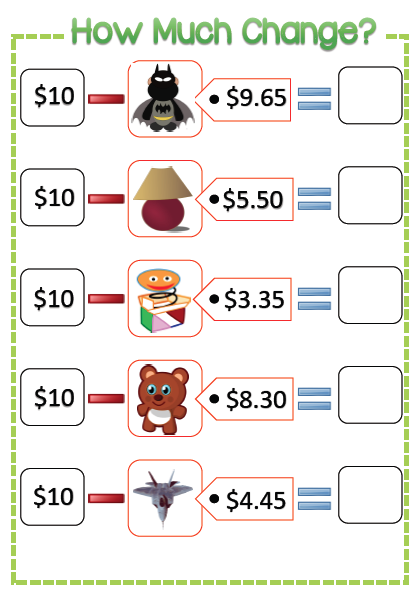 Once you have a better idea of these costs, you can likely make more informed decisions about things like your birth plan and where to seek care.
Once you have a better idea of these costs, you can likely make more informed decisions about things like your birth plan and where to seek care.
How Much Does Childcare Cost?
The cost of childcare can vary depending on whether you decide to employ a nanny, go to an in-home daycare or go to a daycare center. Costs also vary depending on where you live. For example, you might pay $12,555 a year, or nearly $1,050 a month, for infant childcare in Mississippi, but if you live in D.C., you might pay $21,497 a year, or nearly $1,790 a month, according to the Center for American Progress, which examined child care costs during the COVID-19 pandemic.
Consider doing some research on childcare options in your area once you and your partner decide you want to have kids, so you know what kind of childcare you can afford and how to budget for it. You may really want a full-time nanny, but if the costs will force you to drastically cut back on other expenses, it may make sense to explore other options.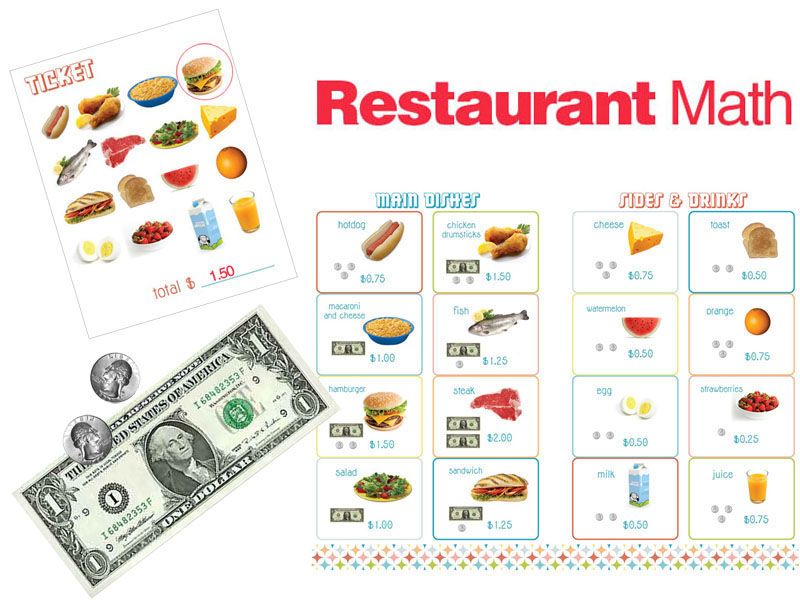
What's the Average Cost of Healthcare?
Health care costs have also steadily increased in the last 10 years, according to the Milliman Medical Index. Milliman reported that the average yearly health care cost for a family of four was $28,256 in 2020.
If you have an employer-sponsored health plan, you might be able to choose between different tiers of insurance. It may be hard to determine your family's future health care needs right now, but kids get sick all the time and have several important doctor's appointments during their first two years. Consider evaluating your health plan options to see which tier of coverage provides the services you need for as affordable a price as possible.
A middle-income family with two kids can expect to spend an average of $162 a month per child on transportation (gas, insurance, vehicle maintenance, etc.) and an average of $314 a month per child on housing-related expenses, as reported by the PlutusTM Foundation. A USDA report on food costs found that it costs anywhere from $99 to $183 a month on average to feed a one-year-old child, depending on a family's food budget.
A USDA report on food costs found that it costs anywhere from $99 to $183 a month on average to feed a one-year-old child, depending on a family's food budget.
But these numbers are national averages. If you live in an area with a high cost of living, it might cost even more. You may want to sit down with your partner to look at your household expenses now and — using these averages — what they could be in the future. That will help give you a better idea of what you'll pay each month to run your household and how to structure your family's budget.
How Much Does a Child's Education Cost?
Like daycare, early childhood education can be expensive. Licensed center-based infant child care has a national monthly average cost of $1,324, according to the Center for American Progress. Then, if you decide to send your child to a private school, you can expect to pay anywhere from a national average (for 2021-22) of $11,779 per year up to over $26,000, depending on your home state, county or town.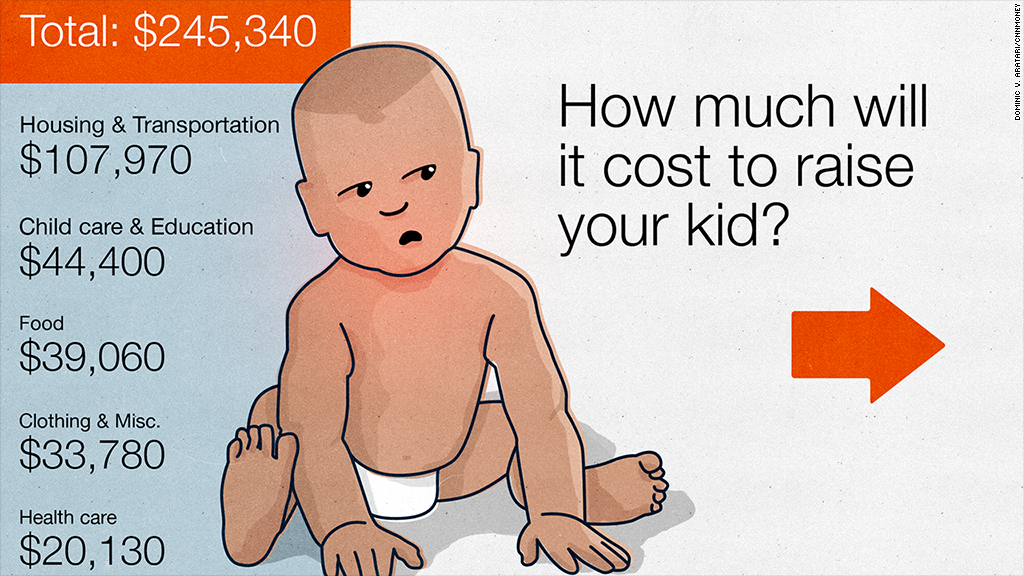
Even if you choose to send your child to public school, which is free, there are other costs to consider, like clothing, lunch and school supplies. A survey by the KPMG found that the average parent's spending per student for the 2021 back-to-school season was expected to be much as $270, compared to approximately $250 in 2020..
These costs aside, whether you choose public or private school, you may want to think of your child's education as an investment that can set them up for future success.
Preparing for the Cost of Parenthood
Affording all of the basic necessities may seem daunting, but you can help ease these concerns by putting a financial plan in place to set your family up for long-term success.
While this plan doesn't have to be super formal, understanding your current expenses, income, and future savings goals and priorities can help. This might involve some conversations with your partner about home versus hospital birth, public versus private school, and more.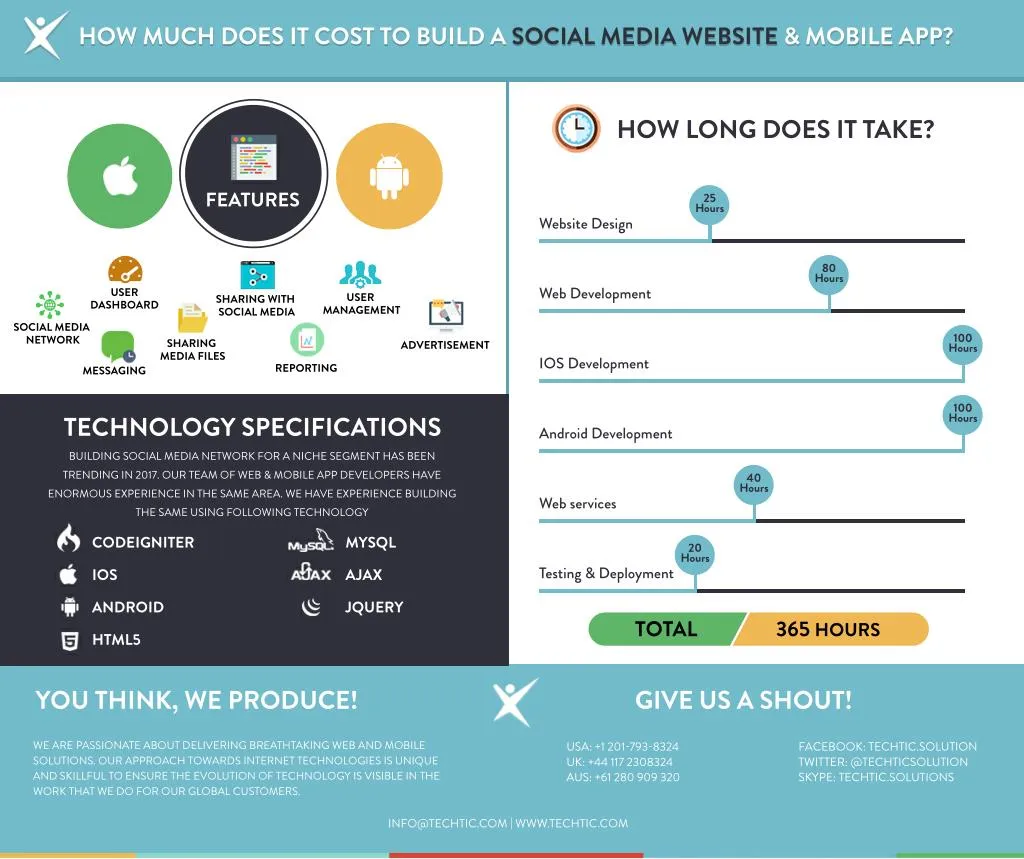 These talks may challenge you, but being able to make these choices together could help you prepare for the path ahead.
These talks may challenge you, but being able to make these choices together could help you prepare for the path ahead.
The Cost of Raising a Child
Posted by Mark Lino, Economist at the Center for Nutrition Policy and Promotion in Food and Nutrition
Feb 18, 2020
Families Projected to Spend an Average of $233,610 Raising a Child Born in 2015.USDA recently issued Expenditures on Children by Families, 2015. This report is also known as “The Cost of Raising a Child.” USDA has been tracking the cost of raising a child since 1960 and this analysis examines expenses by age of child, household income, budgetary component, and region of the country.
Based on the most recent data from the Consumer Expenditures Survey, in 2015, a family will spend approximately $12,980 annually per child in a middle-income ($59,200-$107,400), two-child, married-couple family. Middle-income, married-couple parents of a child born in 2015 may expect to spend $233,610 ($284,570 if projected inflation costs are factored in*) for food, shelter, and other necessities to raise a child through age 17. This does not include the cost of a college education.
Middle-income, married-couple parents of a child born in 2015 may expect to spend $233,610 ($284,570 if projected inflation costs are factored in*) for food, shelter, and other necessities to raise a child through age 17. This does not include the cost of a college education.
Where does the money go? For a middle-income family, housing accounts for the largest share at 29% of total child-rearing costs. Food is second at 18%, and child care/education (for those with the expense) is third at 16%. Expenses vary depending on the age of the child.
As families often need more room to accommodate children, housing is the largest expense.We did the analysis by household income level, age of the child, and region of residence. Not surprising, the higher a family’s income the more was spent on a child, particularly for child care/education and miscellaneous expenses.
Expenses also increase as a child ages. Overall annual expenses averaged about $300 less for children from birth to 2 years old, and averaged $900 more for teenagers between 15-17 years of age. Teenagers have higher food costs as well as higher transportation costs as these are the years they start to drive so insurance is included or a maybe a second car is purchased for them.
Teenagers have higher food costs as well as higher transportation costs as these are the years they start to drive so insurance is included or a maybe a second car is purchased for them.
Regional variation was also observed. Families in the urban Northeast spent the most on a child, followed by families in the urban West, urban South, and urban Midwest. Families in rural areas throughout the country spent the least on a child—child-rearing expenses were 27% lower in rural areas than the urban Northeast, primarily due to lower housing and child care/education expenses.
Child-rearing expenses are subject to economies of scale. That is, with each additional child, expenses on each declines. For married-couple families with one child, expenses averaged 27% more per child than expenses in a two-child family. For families with three or more children, per child expenses averaged 24% less on each child than on a child in a two-child family. This is sometimes referred to as the “cheaper by the dozen” effect. Each additional child costs less because children can share a bedroom; a family can buy food in larger, more economical quantities; clothing and toys can be handed down; and older children can often babysit younger ones.
Each additional child costs less because children can share a bedroom; a family can buy food in larger, more economical quantities; clothing and toys can be handed down; and older children can often babysit younger ones.
This report is one of many ways that USDA works to support American families through our programs and work. It outlines typical spending by families from across the country, and is used in a number of ways to help support and education American families. Courts and state governments use this data to inform their decisions about child support guidelines and foster care payments. Financial planners use the information to provide advice to their clients, and families can access our Cost of Raising a Child calculator, which we update with every report on our website, to look at spending patterns for families similar to theirs. This Calculator is one of many tools available on MyMoney.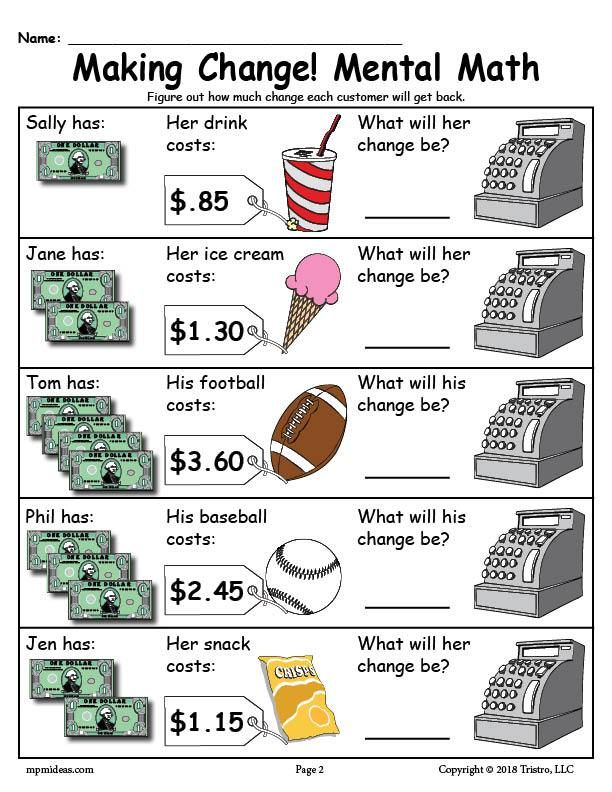 gov, a government research and data clearinghouse related to financial education.
gov, a government research and data clearinghouse related to financial education.
This year we released the report at a time when families are thinking about their plans for the New Year. We’ve been focusing on nutrition-related New Year’s resolutions – or what we are referring to as Real Solutions - on our MyPlate website, ChooseMyPlate.gov. This report and the updated calculator can help families as they focus on financial health resolutions. This report will provide families with a greater awareness of the expenses they are likely to face while raising children.
In addition to the report and the calculator, we also have a dedicated section on ChooseMyPlate.gov that provides tips and tools to aid families and individuals in making healthy choices while staying on a budget. For strategies beyond food, our friends at MyMoney.gov offer a wealth of information to help Americans plan for their financial future.
For more information on the Annual Report on Expenditures on Children by Families, also known as the cost of raising a child, go to: www.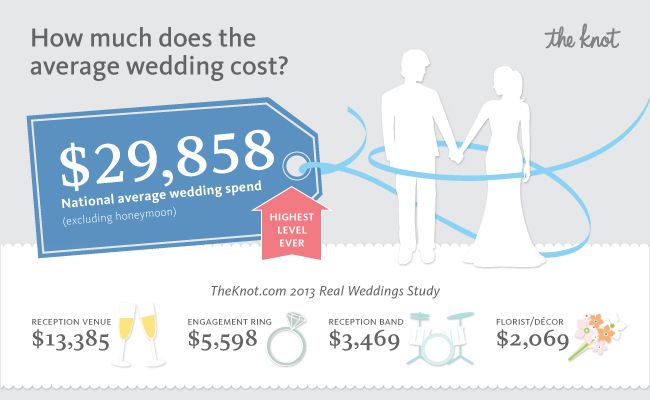 fns.usda.gov/resource/expenditures-children-families-reports-all-years.
fns.usda.gov/resource/expenditures-children-families-reports-all-years.
*Projected inflationary costs are estimated to average 2.2 percent per year. This estimate is calculated by averaging the rate of inflation over the past 20 years.
Editor’s Note (March 8, 2017): The comparison of rural vs. urban northeast child care and education value has been updated.
Visit the U.S. Department of the Treasury’s MyMoney.gov for more resources to ensure financial well-being this New Year’s season!Category/Topic: Food and Nutrition
Tags: children choosemyplate.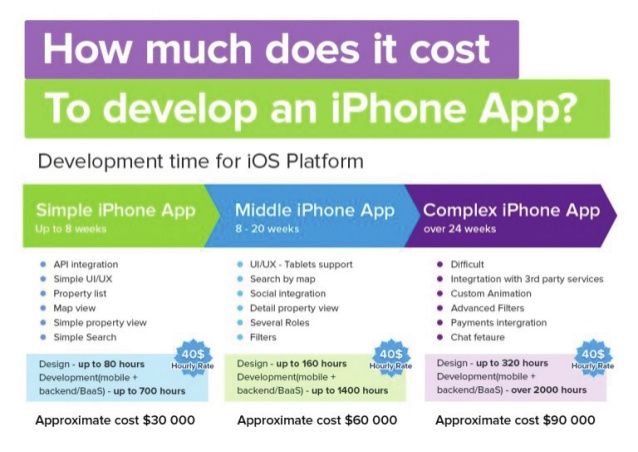 gov CNPP Cost of Raising a Child economics Expenditures on Children by Families Food and Nutrition mymoney.gov MyPlate Research
gov CNPP Cost of Raising a Child economics Expenditures on Children by Families Food and Nutrition mymoney.gov MyPlate Research
Write a Response
Comments
How much does a child cost in Germany? – DW – 12/17/2018
Photo: picture-alliance/A. Gora
Culture
Efim Schumann
December 17, 2018
Accurate to a cent of statistics, we calculated how much children, babies and adults, cost German parents. Let's just say it's not cheap. It would be difficult without help.
https://p.dw.com/p/39xmR
Advertising
Infant, counting the cost of a stroller, baby cot, diapers and so on costs parents in Germany an average of 520 euros every month. And the older the son or daughter, the more you have to spend on them. Although they already do without a stroller and diapers, clothes and shoes are more expensive, they need a computer, a game console, a music center, a mobile phone ... Yes, and pocket money must be given to the offspring. So in adolescence (from 12 to 18 years old), Germans already spend about 700 euros per month per child.
And the older the son or daughter, the more you have to spend on them. Although they already do without a stroller and diapers, clothes and shoes are more expensive, they need a computer, a game console, a music center, a mobile phone ... Yes, and pocket money must be given to the offspring. So in adolescence (from 12 to 18 years old), Germans already spend about 700 euros per month per child.
State allowances for children
True, they help parents. The financial assistance that residents of Germany receive for children (and not only Germans, but also citizens of other countries living in Germany) can be divided into three types. First, it is the so-called "children's money" (Kindergeld). This is, in principle, compensation - of course, partial - to parents for raising children and spending money on them. For the first and second child, the state pays 194 euros per month, for the third - 200 euros, for the fourth and so on - 225 euros. Starting from the new year, these amounts increase by another 10 euros per month.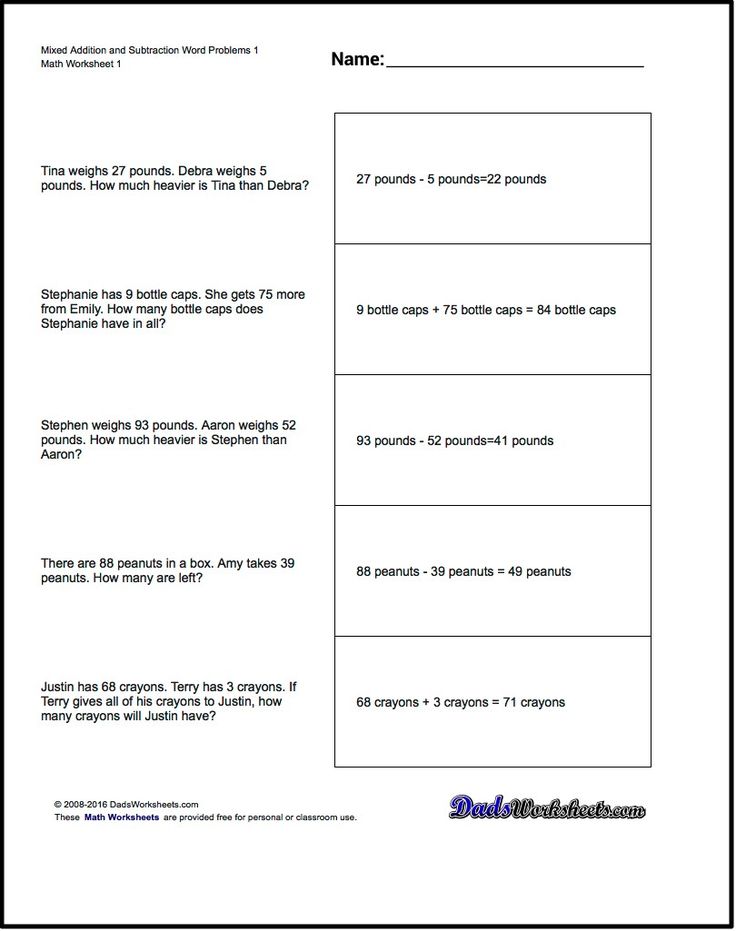
"Children's money" is paid until the children come of age, that is, up to 18 years. But if the child is unemployed, then up to 21 years. And if he continues his studies after school (regardless of where exactly: at a university, secondary school or vocational school), then until his 25th birthday.
Do German parents really spend this money on their children and not on themselves? After all, no one controls it. But various sociological studies (and not only surveys) show that the vast majority of Germans buy clothes, shoes, toys for a child with "children's money", pay for his sports, study at a music school, and so on.
Baby care
Another government benefit is the so-called parental money (Elterngeld). They are received, regardless of paid maternity leave, by those parents who sit after birth with a child (by their choice - mother or father) and, therefore, cannot work. "Parent's money", which would be more correct to call the allowance for the care of an infant, is paid during the year.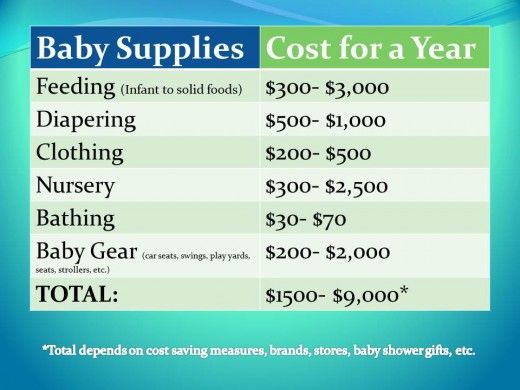 Or, if both parents take turns taking vacations, and not just one, two months longer. Incidentally, in Germany almost a third of fathers take time off to look after their newborn.
Or, if both parents take turns taking vacations, and not just one, two months longer. Incidentally, in Germany almost a third of fathers take time off to look after their newborn.
The amount of the "parental" allowance depends on how much the parents earned before the birth of the child. Those who earned a lot receive 65 percent of their previous earnings (net) as "parental money", and fathers and mothers with low earnings receive up to 100 percent. The lower limit is 300 euros per month. So much is due to those who did not work at all before the birth of a child: the unemployed, students, recipients of social assistance for the poor ... Well, the maximum amount of benefits is 1,800 euros per month. If the parents, in addition to the newborn, also have other small children, a supplement is paid.
Photo: picture-alliance/A. Gora These two allowances - "children" and "parents" - are state. But there are others that can be attributed to the third type of payments for children in Germany. A special "family allowance" (Familienzuschlag) is received by government officials, members of the Bundeswehr and judges who have minor children. The amount of the allowance depends on which department or institution they work for. The minimum "family allowance" is 100-140 euros per month for the first and second child, for the third - from 280 to 355 euros. It is paid, like the state "children's money", until the child reaches the age of majority or, if he is studying, until his 25th birthday.
A special "family allowance" (Familienzuschlag) is received by government officials, members of the Bundeswehr and judges who have minor children. The amount of the allowance depends on which department or institution they work for. The minimum "family allowance" is 100-140 euros per month for the first and second child, for the third - from 280 to 355 euros. It is paid, like the state "children's money", until the child reaches the age of majority or, if he is studying, until his 25th birthday.
Benefits, subsidies, taxes
Special mention should be made of the many material benefits that families with children are entitled to in Germany. Here are just a few examples. Children can be insured together with their parents at the health insurance fund, and then the health insurance for them is free. Parents with children receive great benefits when building their own house or buying an apartment. "Children's money for the construction and purchase of real estate" (Baukindergeld) is up to 12 thousand euros.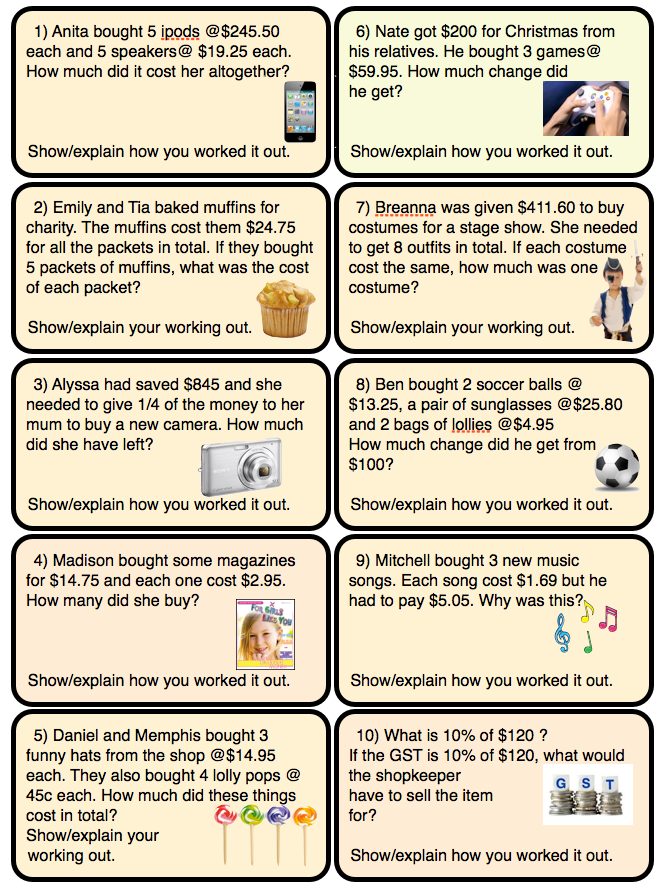 Families with low incomes receive subsidies for renting an apartment. The presence of children is also taken into account when calculating unemployment benefits and social benefits for the poor. Well, the listing of various tax benefits, which also turn into "live" money for parents, would take up too much space.
Families with low incomes receive subsidies for renting an apartment. The presence of children is also taken into account when calculating unemployment benefits and social benefits for the poor. Well, the listing of various tax benefits, which also turn into "live" money for parents, would take up too much space.
However, all this, of course, does not mean that a child in Germany costs nothing to parents. Until he comes of age, he costs more than 130 thousand euros. With this money you can buy a two-room apartment or even a small house in the village. More precisely: one could...
See also:
How children are vaccinated in Germany0005
Write to the Editor
Advertising
Skip Section Related TopicRelated Topic
View More
Skip Section Related TopicsRelated Topics
Employment Law Skip Top Topic1 Page of 3 900 DW Skip Section To the main page
What age children are sent to kindergartens - when is it better to let a child go and at what age can one go to school
When is it better to send a child to kindergarten
Some parents are happy to welcome their offspring into society, while others generally doubt the benefits of early development groups, nurseries and other institutions where you have to leave the baby for a few hours or a full day.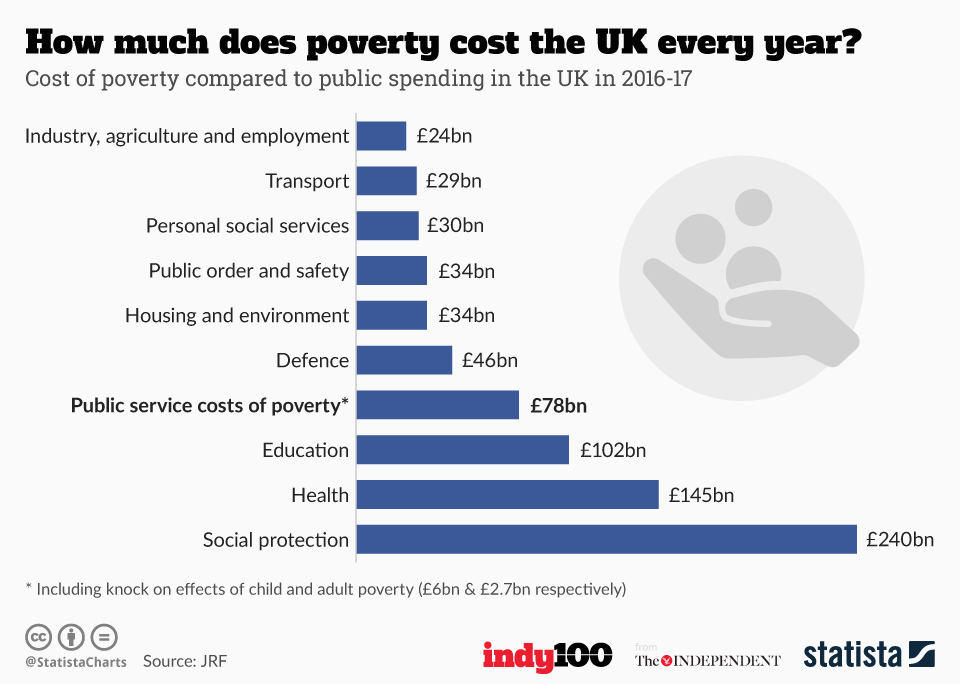 On the other hand, not everyone is spoiled by grandmothers who are burning with the desire to devote themselves to their grandchildren, but the need to earn money and provide for the family remains. The dilemma is solved in different ways.
On the other hand, not everyone is spoiled by grandmothers who are burning with the desire to devote themselves to their grandchildren, but the need to earn money and provide for the family remains. The dilemma is solved in different ways.
The peculiarity of joining a team is a too abrupt change in schedule and social circle. It’s good if mom or dad can not work or take a vacation for 1-2 months to spend more time with the baby and follow the principle of gradualness, when the child is first left in the group for 1 hour. Then for 2 and so bring to a full day. At this point, colds may become more frequent and not all of them will be caused by an infection or a virus. Psychosomatic reasons are also possible.
At what age children are taken to kindergarten
The optimal period is from 1.5 to 3 years. Previously, many have not yet formed a set of simple self-service skills. Later, the habit of being in the center of attention of the family already appears, which makes it difficult to adapt.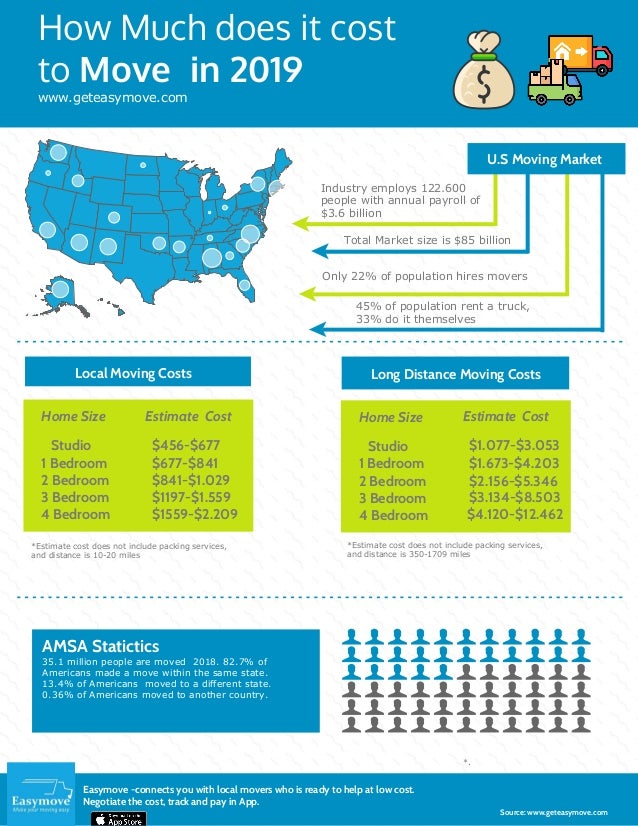
It is also important to look at psychological readiness. It occurs in babies at different times. There are those who are already at 1.3 closely at home and in some cases even this option is considered. If a three-year crisis has begun, then it is wiser to wait six months until the ability to negotiate and concede returns, and then plan the date when to go to kindergarten for the first time.
If circumstances permit, it is better to start visiting from the last month of summer and smoothly enter the autumn off-season. So there will be fewer diseases, and more positive emotions from the new place and the company of peers.
Age characteristics of children
Most preschool institutions have the right to accept a pupil from the age of 1. But most often, beginners come to the second younger group, from 3-4 years old, and there is a logical explanation for this.
Babies do not strive for communication, they need only knowledge of the world around them and reliable hugs from their parents.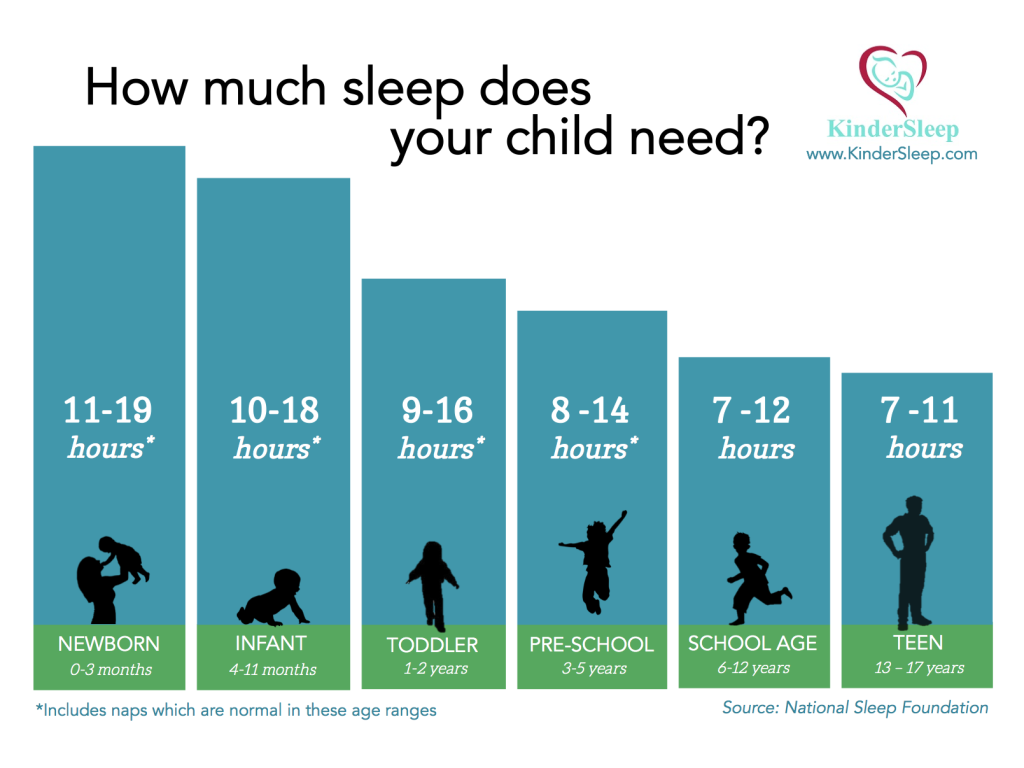 They do not yet have a desire to expand this safe circle, kids do not feel the need to share and generally perceive their peers as fun toys.
They do not yet have a desire to expand this safe circle, kids do not feel the need to share and generally perceive their peers as fun toys.
By the age of 3, self-awareness as a person comes, conscious desires appear, the concept of compromise, curiosity gradually arises in relation to peers, attempts to establish a dialogue. Speech is developing, there is a good vocabulary, a craving for story games is visible.
The older the child, the wider his interests and these natural impulses cannot be restrained. It is necessary to provide him with a field of activity, a developing environment, and usually this happens by 3-4 years. This interval is considered the most successful for adaptation to new conditions.
How to understand that a child is ready for kindergarten
There are a number of signs indicating that the time has come:
- basic self-service skills have been formed;
- there is a clear concept of "one's own - someone else's" in relation to things;
- there is a need to engage in independent activities;
- calmly tolerates the absence of parents nearby;
- has an interest in classes.

The moral aspect must be taken into account. With all the difficulty with places in groups, you need to listen to the opinion of the baby. If he categorically does not want to stay, does not allow the teacher to come to him, then he will have to postpone the first visit or find another institution. Children feel a lot on an intuitive level, and in order to avoid future problems, it is better to listen to your child.
How to prepare for kindergarten, if it's too early
The work is to be systematic and at once on 2 levels: domestic and psychological. In the first case, everything is quite simple - you need to learn how to dress, ask for a potty, recognize your things, and eat carefully. In the second, if a small homebody grows up, then visit the playground more often, go to visit, gradually forming the skill of communicating with unfamiliar people. When hyperactivity and incontinence is observed, it is necessary to show that others experience the same emotions as he does, have their own desires and needs, and this will have to be taken into account.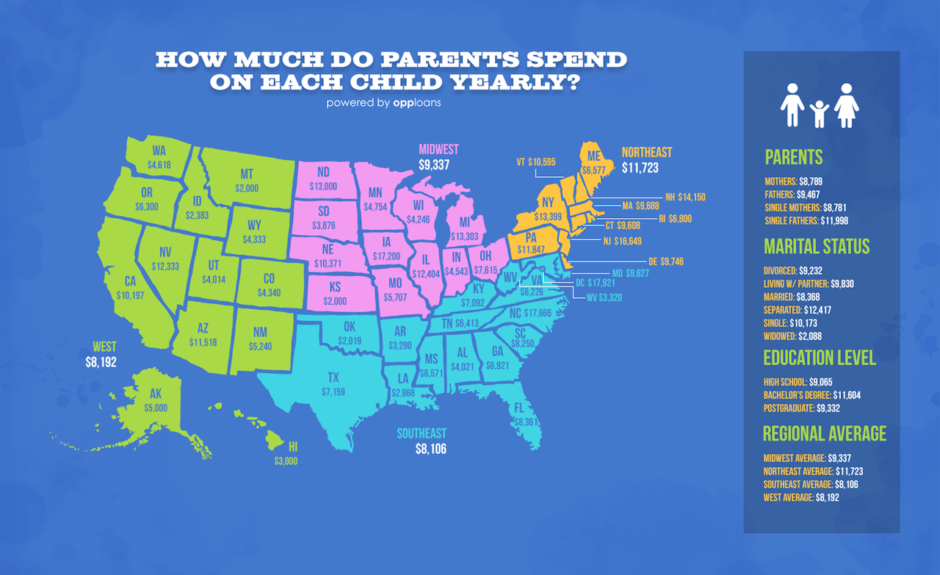
It is useful to establish a clear daily routine at home, introduce them to story games, periodically do simple crafts together, and collect constructors. And also create a positive impression by talking about interesting holidays, friends who will certainly appear, joint and fun walks.
Which kindergarten to choose: private or public
Against the backdrop of a total shortage of places around, a large selection of non-state educational institutions, including preschool ones, has appeared around. They offer a lot of interesting programs, individual development and other bonuses, but require the financial solvency of the parents. The municipal option is much more economical, but it has its advantages and disadvantages. This aspect must be thought out in advance, weighing your desires and possibilities. It is also important to look at possible options and find out how the groups are equipped, what qualifications the educators have, whether there is a psychologist and physical education instructor on staff, whether the quality of food meets accepted standards.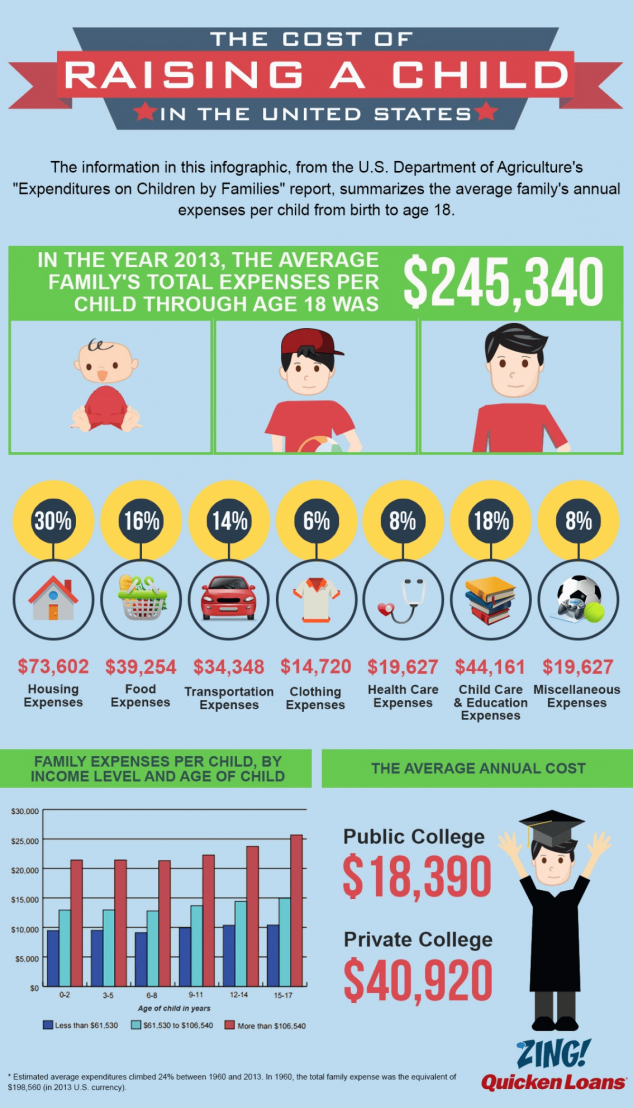
State kindergarten
Its main advantage is accessibility. You can stand in line literally in the first days after the birth of a child. The system of work of the institution has been worked out for decades. Benefits:
- Full compliance of conditions with the requirements of the SES, Rospotrebnadzor and other regulatory authorities;
- low pay;
- developmental programs are designed taking into account the subsequent transition to school, guarantee training at a general level;
- balanced nutrition;
- the regime of the day is observed strictly;
- there must be a nurse and a psychologist on staff;
- offers additional classes for the disclosure of creative data.
Having found out at what age children go to kindergarten and specifying how pupils are accepted in accordance with the charter, you can slowly prepare the child, walk several times to the walking area, watch how others play, accustom him to the idea that there good and he will be happy.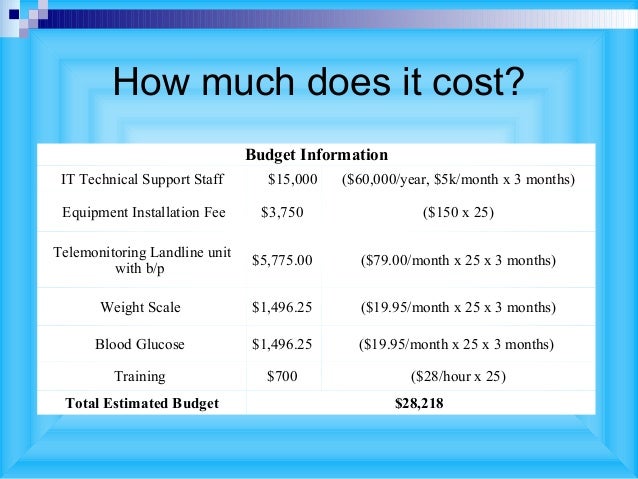
The shortcomings are the large number of groups, sometimes up to 30 people, the average system of development with a focus on the mass character, problems with staffing.
Private kindergarten
Children are accepted here from a very early age, their number is small, so an individual approach to each is implemented. The undoubted advantage is modern equipment, bright design of the playing area, developing programs using author's methods. You can choose several types of activities, forming a personal vector with an emphasis on the area of interest to the child at the moment. The food is more varied, but within the limits recommended by nutritionists by age.
When visiting, you can choose hourly option or full day with daytime naps. In short-stay groups, they are guided by a busy work schedule, with obligatory game minutes and free creativity time.
The main disadvantage is considered by many to be the high cost of services and the lack of regular control by inspection bodies.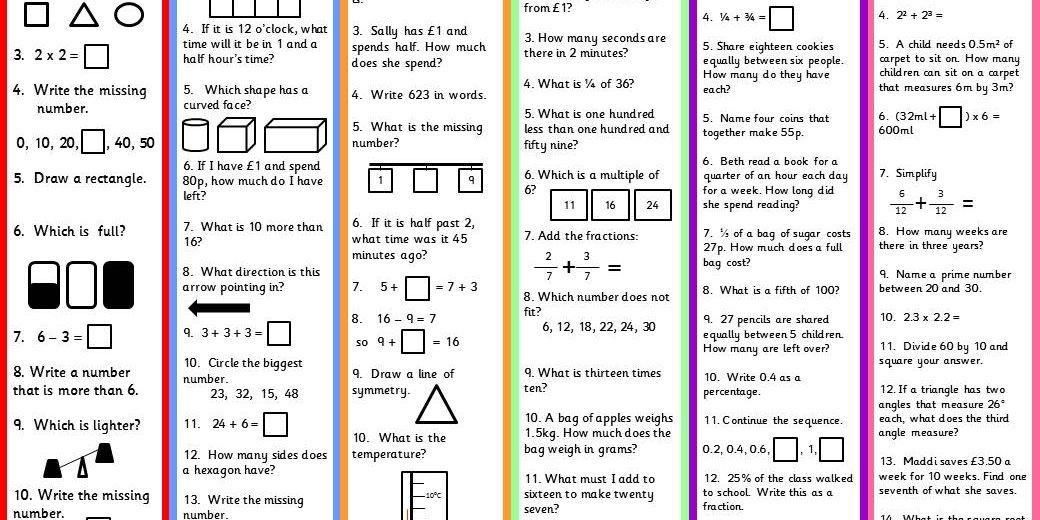
The positive aspects of kindergarten
A person cannot exist outside of society, therefore, it is necessary to form the skills of a good neighborhood with peers from an early age, so that a boy or girl can easily find a compromise, learn to act in a team, be responsible for their actions without discounting age and privileged position in the family. It is these tasks, along with systematic development, that are considered the main ones in a preschool institution, regardless of its form of ownership.
Rules and boundaries
When discussing with relatives at what age to send a child to kindergarten, it is necessary to take into account that there are rules of conduct for pupils. For those who have formed the habit of getting their way with screaming and tantrums, adaptation will be difficult. It is worth acquainting the baby in advance with the fact that not everything will be according to his desire, you need to focus on others. It is also important to tell that in the garden there is a daily routine and an algorithm for conducting classes in which it is required to fulfill the requests of the teacher.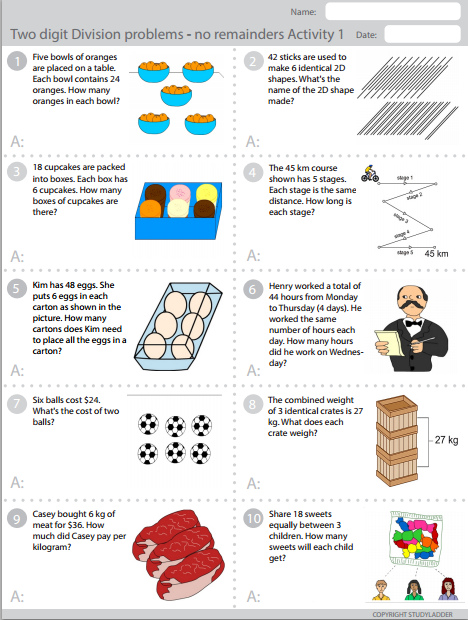
A sense of collectivism
A very useful skill that allows you to calmly enter any circle in the future without experiencing much stress from changing conditions. Toddlers gradually master the art of negotiating, playing together, giving in to another. Parents should pay attention to the fact that the desire to "be with everyone" does not develop into dependence on someone else's opinion. And this is already the task of the family - to teach, without violating the general order and not to the detriment of others, to defend their point of view, giving arguments.
Motor activity
A modern child begins to understand gadgets much earlier, ignoring the need for walks and communication. There is a clear daily routine and a considerable place is given to sports games, musical and rhythmic entertainment, and recreational activities. Hypodynamia does not threaten. For those who have energy in full swing, you can choose a sports or dance circle. They work in most kindergartens of any type.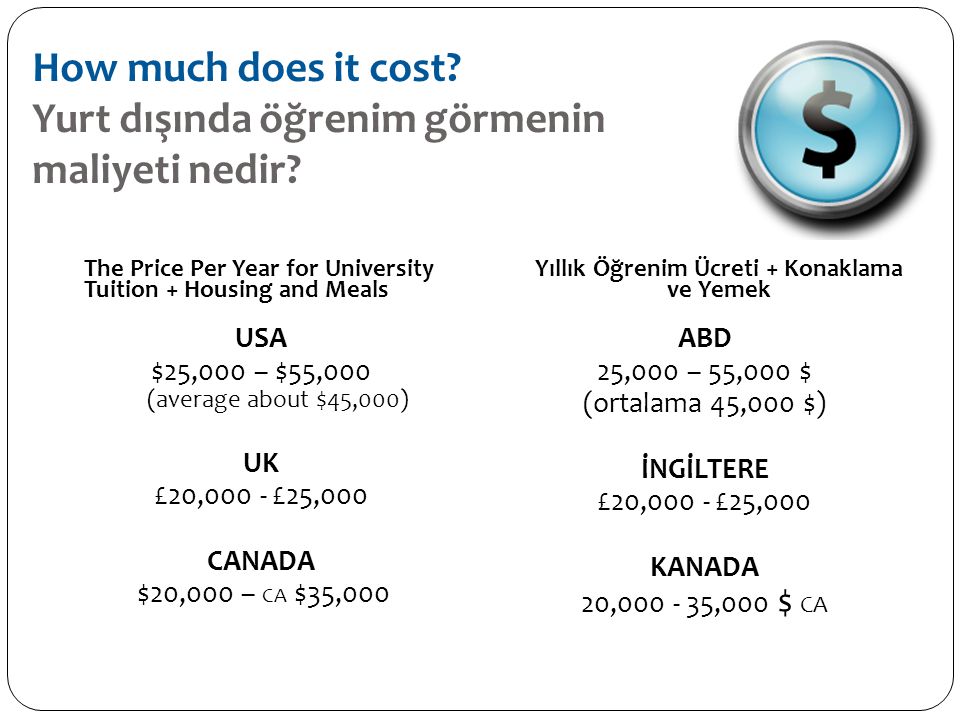
Daily routine
It can be argued that it is not needed and considered as a restriction of freedom. But a clear routine is necessary for babies and older children to maintain health, as periods of activity alternate with rest and quiet games. Food is taken on time, walks and activities are distributed taking into account age characteristics. Daily adherence to the schedule keeps the child's physiological, psychological and emotional state normal, especially if he is hyperactive and constantly aroused. Gradually, his tension is removed, and his behavior stabilizes.
Preparing for school
Continuity in learning is necessary for a smooth transition to the next stage of development. Ensuring family adherence to this principle is difficult. In kindergarten, it is the foundation. That is why kids, moving from one group to another, master more and more complex skills, based on the experience gained earlier.
They broaden their horizons, learn to communicate on various topics, master new skills.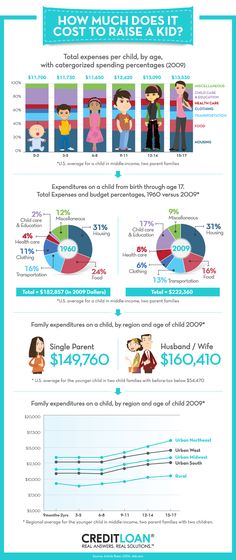 The work is carried out on the basis of the approved educational program.
The work is carried out on the basis of the approved educational program.
Order and manners
A well-mannered person greets guests, thanks for their help, uses the entire arsenal of polite words, knows how to behave at the table and put his things away. Educators teach this from the first days, and the child will feel confident in any society.
Negative aspects
Some parents are categorically against the pre-school institution, arguing that:
- children get sick more often;
- hard to endure separation from loved ones;
- do not eat the food offered for breakfast;
- unreasonable whims begin and behavior worsens;
- not quite decent words slip through the speech.
At the same time, providing a baby with greenhouse conditions at home means dooming him to severe stress when faced with the realities of life. Knowing what disadvantages can be when visiting a kindergarten, you can try to minimize the consequences.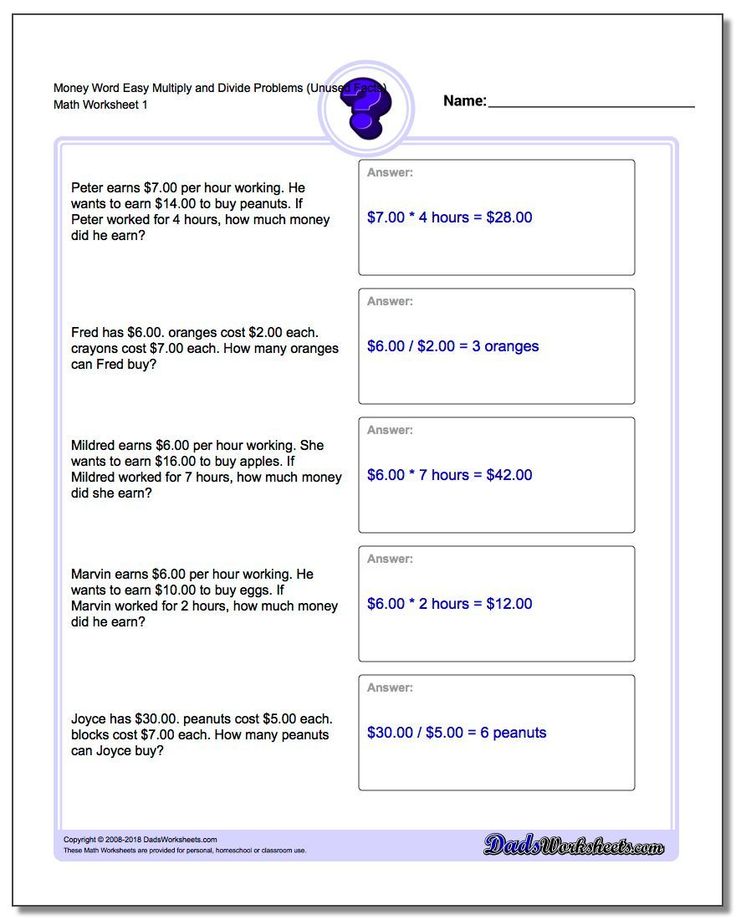
Separation from family
The absence of a mother or father nearby is hard for some children. The educator, with a group size of 25-30 pupils, is not able to give everyone as much attention as he had previously received at home. If this state of affairs is too hard to bear, it is worth postponing visits to the preschool.
Also, the baby will inevitably demand independence. So that he does not receive negative emotions again, it is advisable not to limit his communication only to his inner circle. You need to accustom to the kindergarten gradually, adding the time spent by 1-2 hours as you adapt in the team.
Lack of development of the child's individuality
With a large number of children, it is really difficult to ensure the full disclosure of talents and abilities. Programs are compiled with a focus on average age data. The main task is to create a stock of basic knowledge and skills.
On the other hand, nothing prevents parents from simultaneously enrolling a child in an art, sports or music school, attending theaters and exhibitions with him, Sunday creative studios for preschoolers.
A bad example of other pupils
It is unlikely that parents will be pleased with the replenishment of the heir's vocabulary with obscene words or an attempt to clean his nose with his finger. Bad habits are formed instantly, but there is reason to talk about it, to discuss whether it is worth imitating a playmate in everything or having your own opinion, adhering to it.
Frequent morbidity
Questions about when you can go and at what age to send your child to kindergarten, it is better for parents to decide, based on the condition of the baby. But at any age, when conditions change, his immunity inevitably decreases, and the reason here is not only in the cool air in the bedroom or not wearing a scarf for a walk. The diet, daily regimen is changing, there is also an emotional component. You can help by hardening, increasing the share of vegetables and fruits in the menu, and, of course, parental love.
Food problems
Every family has its own taste preferences and favorite dishes. But the diet in kindergarten is compiled taking into account the recommendations of nutritionists, and the pupil does not always like it. There are also personal whims. They gradually cease when the spirit of collectivism kicks in. Seeing that the others dine with appetite, the child also decides to try what was offered.
But the diet in kindergarten is compiled taking into account the recommendations of nutritionists, and the pupil does not always like it. There are also personal whims. They gradually cease when the spirit of collectivism kicks in. Seeing that the others dine with appetite, the child also decides to try what was offered.
If there is an allergy to certain foods, the nurse must be informed in advance. Other side dishes or drinks are prepared for such children.
Personnel problems
Unfortunately, the prestige and salary of an educator are not as great as we would like. Most of the graduates of the departments of preschool education prefer to change their direction of activity immediately after the final exams. And often this is the most talented category. When choosing a kindergarten and a group, pay attention to the personality of the teacher, or rather, introduce the child to him and look at his reaction. If he stretched, then everything is in order.